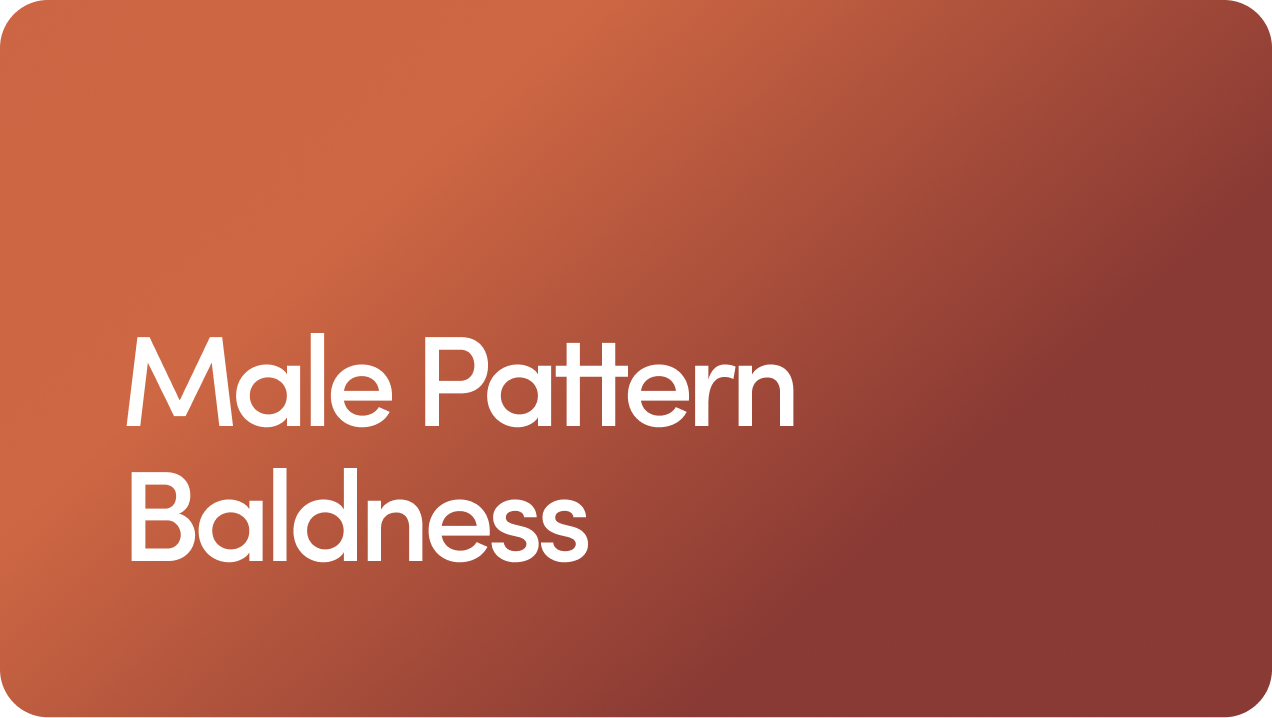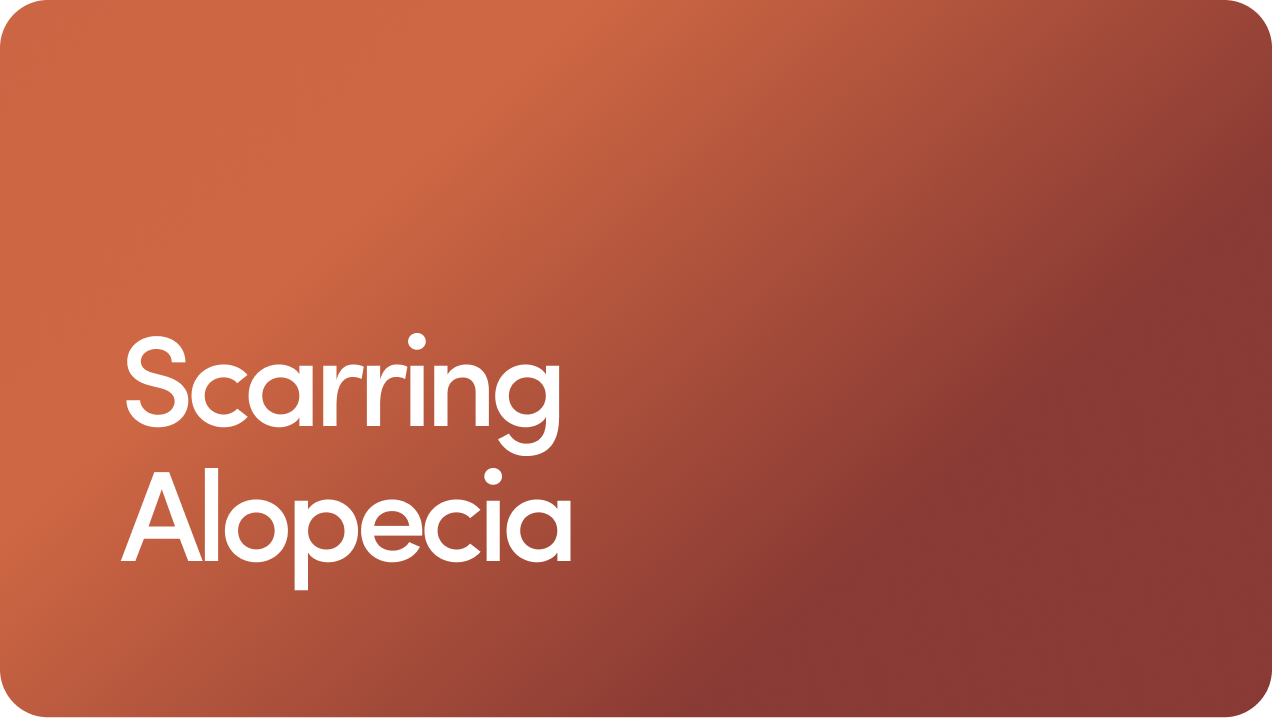Content
FDA approved for more than 25 years
Why Is My Hair Stretchy? Causes and How to Fix It

Ever run your fingers through your hair, give it a slight tug, and feel it stretch like a rubber band? If so, you’re probably wondering, Why is my hair stretchy?
Healthy hair should have some elasticity, meaning it can stretch slightly and return to its original shape without snapping. But if your strands feel unnaturally stretchy, it might be a sign of damage, over-processing, or moisture overload.
Understanding the cause of your hair’s concerningly elastic state is the first step toward fixing the problem and restoring strong, resilient strands. Let’s break down the most common causes and what you can do to bring your hair back to life.
Content
When you pull a strand of hair, you find it stretches way longer than it usually does — uh-oh.
Why is my hair stretchy? A few issues could be to blame:
Overprocessed hair from chemical treatments
Too much moisture (aka hygral fatigue)
Heat damage from styling tools
Protein deficiency
Tight hairstyles and physical stress on hair
Keep scrolling for more insight into each possible cause of stretchy hair.
1. Overprocessed Hair From Chemical Treatments
Bleaching, dyeing, perming, or chemically straightening your hair can compromise your hair health.
Chemical treatments work by breaking down the hair’s natural bonds, allowing color or straightening agents to penetrate. While this process changes the look of your hair, it also weakens the proteins that make up the hair cuticle — the outermost layer of the hair shaft.
Chemically damaged hair usually stretches but doesn’t bounce back. It might also be more prone to hair breakage and feel overly soft or mushy when wet.
2. Too Much Moisture (Hygral Fatigue)
Yes, hair needs moisture to stay soft and flexible, but too much hydration can cause trouble.
Hair that absorbs excess water becomes overly swollen and weak, leading to hygral fatigue — a condition where hair is too elastic and prone to breakage.
You might have moisture overload if:
Your hair feels overly soft and limp
The strands stretch excessively before breaking
Your hair takes a long time to dry
These habits can tip your hair’s moisture balance in the wrong direction:
Deep-conditioning too often
Swimming frequently without drying your hair afterward
Moisture overload can also happen if your hair doesn’t have enough protein because protein makes up the structure of hair. A good balance between protein and moisture is essential for healthy hair.
3. Heat Damage From Styling Tools
Excessive use of blow dryers, curling irons, and straighteners can strip hair of its natural proteins and moisture, leading to weakened strands and too much elasticity.
Signs of heat-damaged hair:
Hair stretches but feels dry and brittle
More breakage and split ends than usual
Frizz that won’t go away, even with conditioning treatments
Hot tools break down keratin proteins, making hair more vulnerable to stretching and snapping. The result? Hair that looks fried and frizzy, lacking its usual bounce.
4. Protein Deficiency
Hair is made mostly of keratin, a protein that gives it structure and strength. If your hair lacks protein, it won’t have the support it needs to maintain its natural elasticity.
This often happens when:
You use too many moisturizing products without incorporating protein treatments
Your hair has been chemically processed, stripping away natural proteins
Your diet lacks protein-rich foods, which are essential for hair strength
Signs your hair needs more protein:
It feels soft, stretchy, and weak
Strands stretch far before breaking
Your hair lacks volume and structure
Regular protein treatments can help address this issue, but also be sure to eat a protein-rich diet. A protein deficiency can cause hair loss as well as significant stretching.
5. Tight Hairstyles and Physical Stress on Hair
If you frequently wear tight ponytails, braids, or man-buns, the constant pulling can weaken your hair’s structure over time. This is known as traction stress, and it can make hair more fragile and prone to breakage.
Signs of hair stress from tight styles:
Hair feels thinner or weaker in areas where tension is applied
Increased hair shedding near the hairline or crown
Hair strands stretch easily before snapping
Be aware that, over time, super-tight hairstyles can lead to a form of hair loss known as traction alopecia. In some cases, this can cause permanent hair loss.
If your hair feels overly stretchy and fragile, don’t worry — there are ways to restore its strength.
Of course, the way you fix stretchy hair will depend on why it’s stretchy in the first place. Try to determine what could be causing your hair to feel elastic and address it from there.
1. Use a Protein Treatment
If your hair feels too elastic and weak, a protein treatment might help rebuild its structure.
Look for hair products containing:
Hydrolyzed keratin
Collagen
You could also visit a hairstylist for a protein treatment.
If you’d prefer to go the DIY route, consider using an egg-based hair mask. Just remember to rinse it out with cold water instead of hot so you don’t accidentally “cook” the eggs in your hair — yes, that’s really possible!
Too much protein can also be bad for your hair. A buildup of protein products can make your hair feel like straw. Start with a weekly protein treatment and adjust based on how your hair responds.
2. Balance Moisture and Protein
Restoring your hair’s elasticity is all about balance. If you’ve been overloading on moisture, start cutting back on hydrating treatments.
Here are some tips for fixing your hair’s moisture balance:
Use a leave-in conditioner sparingly if your hair is prone to moisture overload.
Avoid deep-conditioning too often — once a week is probably enough.
Alternate between protein and moisture treatments.
When moisturizing your hair, consider your hair type and texture. For instance, guys with dry, porous, or curly hair will need more hydrating treatments than those with fine hair, oily, or straight hair.
3. Cut Back on Heat Styling
If your hair is already fragile, lay off the heat tools for a while. Air-dry your hair whenever possible — pat it dry or wrap it in a towel or cotton T-shirt to help it dry naturally.
If you must use heat styling tools, we recommend:
Lowering the temperature setting to reduce damage
Using a heat-protectant spray or cream
Keeping your blow dryer at least five inches from the surface of your hair
Heat-damaged hair can result in split ends, too, so try to trim your hair often to avoid this.
4. Avoid Sleeping With Wet Hair
Sleeping with damp hair might add to hygral fatigue. Plus, hair is most vulnerable when wet, so the friction from your pillowcase can lead to hair breakage.
If you do go to bed with wet hair, try:
Using a silk or satin pillowcase to reduce friction
Braiding your hair loosely to prevent excessive stretching
Applying a lightweight leave-in conditioner for protection
At the very least, dry your hair as much as possible before bed.
5. Eat a Balanced Diet
What you put inside your body can affect how it looks on the outside — including your hair.
Your body needs certain vitamins and minerals to grow healthy hair. If you have a nutritional deficiency, it could affect your hair health.
If you suspect a protein deficiency might be affecting your hair, try to eat more protein. Protein sources include:
Eggs
Chicken and red meats
Fish and shellfish
Cottage cheese and Greek yogurt
Lentils, beans, and quinoa
Peanuts, almonds, and pumpkin seeds
Protein powders
If you’re struggling to meet your nutritional needs, consider making an appointment with a healthcare professional, like your general practitioner or a dietitian. They can help assess your nutrient levels and suggest ways to improve your diet.
Our guide to the best foods for hair growth explains what to add to your plate to improve hair health.
6. Be Gentle With Your Hair
Since stretchy hair is prone to breakage, treat it with care.
Try the following gentle hair care habits:
Use a wide-tooth comb instead of a brush.
Dry hair by patting it gently with a microfiber towel.
Avoid tight hairstyles that put stress on weak strands.
Detangle hair gently with a comb.
Wanna learn more? Read our top tips on men’s hair care.
Why is my hair stretchy? If your hair feels overly stretchy, it’s usually a sign of damage, protein imbalance, or moisture overload. The good news is you can fix it by making small tweaks to your hair care routine.
Here’s what you can try:
Up your protein. Incorporate protein treatments to strengthen your strands, and be sure to eat a varied, protein-rich diet.
Cut back on excess moisture. While you’ll want to hydrate your hair, overly moisturized hair can be stretchy.
Be gentle on your hair. Reduce heat styling and chemical treatments, which can cause serious hair damage.
If your hair continues to feel weak, stretchy, or overly elastic despite making changes, it might be worth consulting a healthcare provider. They can help identify underlying issues and recommend science-backed treatments for restoring your hair’s health.
With the right care, your hair can regain its natural strength and resilience — no rubber-band effect needed.
Dealing with hair loss? Take our free online assessment to start exploring treatments.
7 Sources
- American Academy of Dermatology Association (AAD). (n.d.). How to stop damaging your hair. https://www.aad.org/public/diseases/hair-loss/insider/stop-damage
- American Academy of Dermatology Association (AAD). (n.d.). Tips for healthy hair. https://www.aad.org/public/everyday-care/hair-scalp-care/hair/healthy-hair-tips
- França-Stefoni SA, et al. (2015). Protein loss in human hair from combination straightening and coloring treatments. https://onlinelibrary.wiley.com/doi/abs/10.1111/jocd.12151
- Hoover E, et al. (2023). Physiology, hair. https://www.ncbi.nlm.nih.gov/books/NBK499948/
- Lee Y, et al. (2011). Hair shaft damage from heat and drying time of hair dryer. https://pmc.ncbi.nlm.nih.gov/articles/PMC3229938/
- O’Conner K, et al. (2021). Nutrition and hair. https://www.sciencedirect.com/science/article/abs/pii/S0738081X21000729
- Tinoco A, et al. (2022). Biotechnology of functional proteins and peptides for hair cosmetic formulations. https://www.cell.com/trends/biotechnology/abstract/S0167-7799(21)00213-4a
Editorial Standards
Hims & Hers has strict sourcing guidelines to ensure our content is accurate and current. We rely on peer-reviewed studies, academic research institutions, and medical associations. We strive to use primary sources and refrain from using tertiary references. See a mistake? Let us know at [email protected]!
This article is for informational purposes only and does not constitute medical advice. The information contained herein is not a substitute for and should never be relied upon for professional medical advice. Always talk to your doctor about the risks and benefits of any treatment. Learn more about our editorial standards here.
Knox Beasley, MD
Education
Bachelor of Science, Life Sciences. United States Military Academy.
Doctor of Medicine. Tulane University School of Medicine
Training
Dermatology Residency. San Antonio Uniformed Services Health Education Consortium
Certifications
Board Certified. American Board of Dermatology
Medical Licenses
Dr. Beasley is licensed in all 50 states
Affiliations & Memberships
Fellow, American Academy of Dermatology
Specialties & Areas of Focus
Hair Loss, Dermatology
Years of Experience
10 years of clinical practice as a Dermatologist
Previous Work Experience
Medical Director - YouHealth Medical Groups, 2025–
Private practice, 2024–
Chief of Dermatology - , 2015–2019
Publications
Wilson, L. M., Beasley, K. J., Sorrells, T. C., & Johnson, V. V. (2017). Congenital neurocristic cutaneous hamartoma with poliosis: A case report. Journal of cutaneous pathology, 44(11), 974–977.
Banta, J., Beasley, K., Kobayashi, T., & Rohena, L. (2016). Encephalocraniocutaneous lipomatosis (Haberland syndrome): A mild case with bilateral cutaneous and ocular involvement. JAAD case reports, 2(2), 150–152.
Patterson, A. T., Beasley, K. J., & Kobayashi, T. T. (2016). Fibroelastolytic papulosis: histopathologic confirmation of disease spectrum variants in a single case. Journal of cutaneous pathology, 43(2), 142–147.
Beasley, K., Panach, K., & Dominguez, A. R. (2016). Disseminated Candida tropicalis presenting with Ecthyma-Gangrenosum-like Lesions. Dermatology online journal, 22(1), 13030/qt7vg4n68j.
Kimes, K., Beasley, K., & Dalton, S. R. (2015). Eruptive milia and comedones during treatment with dovitinib. Dermatology online journal, 21(9), 13030/qt8kw141mb.
Miladi, A., Thomas, B. C., Beasley, K., & Meyerle, J. (2015). Angioimmunoblastic t-cell lymphoma presenting as purpura fulminans. Cutis, 95(2), 113–115.
Beasley K, Dai JM, Brown P, Lenz B, Hivnor CM. (2013). Ablative Fractional Versus Nonablative Fractional Lasers – Where Are We and How Do We Compare Differing Products?. Curr Dermatol Rep, 2, 135–143.
Siami P, Beasley K, Woolen S, Zahn J. (2012). A retrospective study evaluating the efficacy and tolerability of intra-abdominal once-yearly histrelin acetate subcutaneous implant in patients with advanced prostate cancer. UroToday Int J, June 5(3), art 26.
Siami P, Beasley K. (2012). Dutasteride with As-Needed Tamsulosin in Men at Risk of Benign Prostate Hypertrophy Progression. UroToday Int J, Feb 5(1), art 93. https://www.urotoday.com/volume-5-2012/vol-5-issue-1/48691-dutasteride-with-as-needed-tamsulosin-in-men-at-risk-of-benign-prostatic-hypertrophy-progression.html
Why I Practice Medicine
Dr. Beasley began doing telemedicine while serving in the U.S. Army, providing dermatologic care for soldiers stationed around the world. This experience sparked his passion for telemedicine and inspired his commitment to expanding access to healthcare for patients across the United States.
Hobbies & Interests
In his free time, Dr. Beasley enjoys cooking, reading, and trips to the beach with his wife and two kids (with sunscreen of course).
Related Conditions
 Hair Loss
Hair Loss
 Male Pattern Baldness
Male Pattern Baldness
 Dandruff
Dandruff
 Scarring Alopecia
Scarring Alopecia
 Seborrheic Dermatitis
Seborrheic Dermatitis
